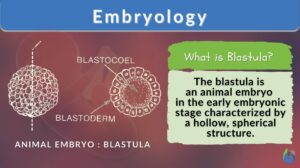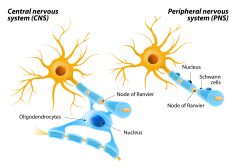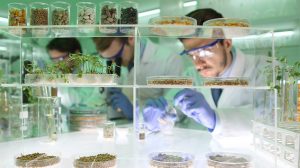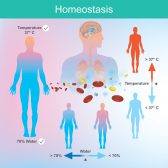
Blastula
n., plural: blastulas or blastulae
[ˈblæstjʊlə]
Definition: an animal embryo during the early stage of development wherein it is a hollow sphere, made up of cells surrounding a fluid-filled cavity
Table of Contents
Human embryology is a fascinating subject and has succeeded in captivating the attention of human beings for ages. Embryology encompasses the study of the development of a human being from a single fertilized egg to a fully formed newborn baby.
This process is incredibly complex and involves the growth and differentiation of many different types of cells and tissues, as well as the formation of organs and organ systems that allow the baby to survive outside of the womb. The research surrounding the subject has kept it even more enthralling to learn. Another reason why human embryology is fascinating is that it allows us to better understand our bodies and how they work.
By studying the embryonic development of humans, we can gain insights into the origins of various diseases and disorders, as well as how to prevent or treat them. As one goes deeper into the subject, one can enjoy its beauty even more as it helps us to raise profound ethical and philosophical questions about the nature of human life and the beginning of personhood.
This makes it a subject of great importance not only for scientists and medical professionals but for society as a whole. There are several complex terms in the subject of embryology, one of which is “blastula”.
This article will comprehensively deal with blastula and help you learn more about this stage, its importance, function, and characteristic features. To read more about general aspects of the subject, you can refer to our article on Embryology.
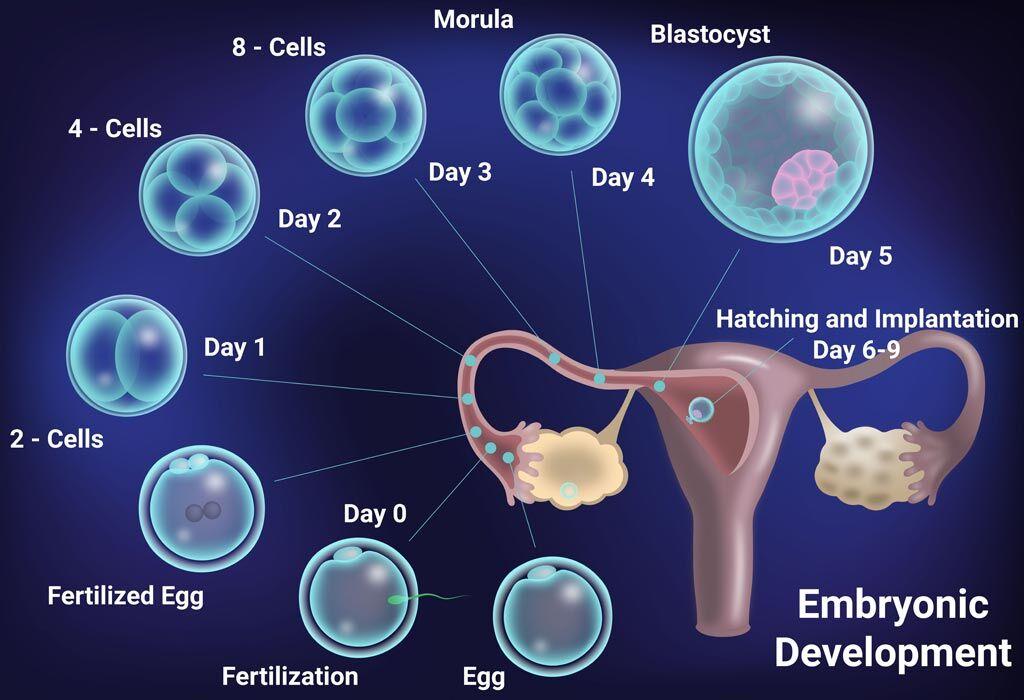
What is a Blastula in Biology?
The blastula is an early embryonic stage that occurs during the development of many animal species. It is characterized by a hollow, spherical structure, with a fluid-filled cavity called the blastocoel. The blastula is formed through a series of cell divisions and differentiation events that occur after fertilization. It plays a critical role in the establishment of the three germ layers that give rise to all of the different tissues and organs in the body.
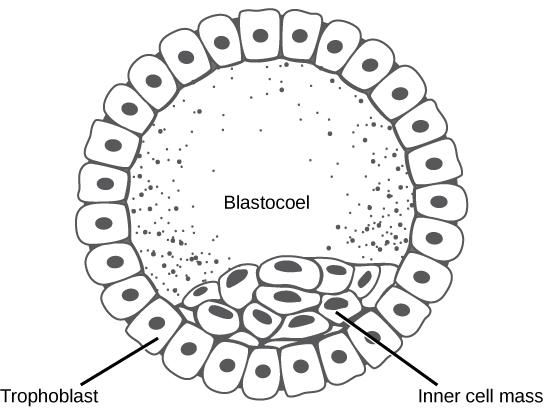
Etymology
The word blastula has been derived from 2 words; the Greek word “blastos” meaning ‘bud or sprout’ and the Latin suffix “ula” meaning “a miniature version of something’. So, in totality, blastula stands for a small bud or a miniature sprout.
History
The term blastula was coined by German embryologist Karl Ernst von Baer in the early 19th century. The term was used to describe the hollow, spherical structure that forms during the early stages of embryonic development. Karl Ernst von Baer is also popularly known due to his contributions in the form of Von Baer’s principles. You can learn more about these principles in the Embryology article.

Usage
After the coining of the term by von Baer, the term has been widely adopted by the scientific community. It is used to refer to this specific stage in the development of many different animal species.
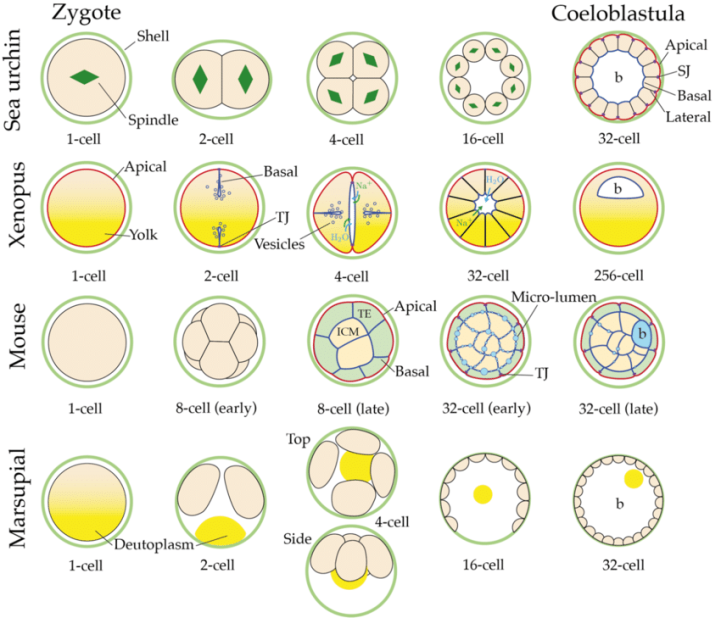
Watch this vid from the time of fertilized ovum to the blastula stage:
A blastula is an early embryonic stage in various animal species that forms via cell division and differentiation post-fertilization. It has a hollow, spherical shape containing a fluid-filled cavity known as the blastocoel. The process involved in the formation of blastula is referred to as blastulation. The blastula’s vital function is to establish three germ layers, which later give rise to different organs and tissues in the body. In humans, the blastula stage is marked by the presence of the blastocoel and cells made up of around 128 cells.
Etymology: from Greek “blastos”, meaning “bud” and Latin “-ula”.
Synonym: blastophere.
Structure
Blastula contains a fluid-filled blastocoel surrounded by layers of embryonic cells that emerge from a series of cleavage, which are the repeated and rapid cell divisions of the fertilized egg. Sometimes, it is also described as a “hollow ball of cells”.
(The different types of cleavage and its patterns are comprehensively discussed here: Embryology )
Here are some important concepts:
- Blastulation: It is the process involved in the formation of the blastula.
- Time on micro timescale: Blastula develops during the early stages of embryonic development in animals.
- Trophoblast: The layers of cells that compose the blastula are called the trophoblast. It later forms the outermost layer of the embryo. This layer of cells will go on to form the placenta, which is responsible for nourishing the developing embryo.
- Blastocoel: The fluid-filled cavity inside the trophoblast is called the blastocoel. It is surrounded by a layer of cells called the inner cell mass.
- Inner cell mass: The inner cell mass is part of the blastula that gives rise to the embryo proper. It is made up of two types of cells: the epiblast and the hypoblast.
- Epiblast: The epiblast is the upper layer of cells and gives rise to the three germ layers; the endoderm, mesoderm, and ectoderm, that later give rise to all of the different tissues and organs in the body.
- The endoderm forms the lining of the digestive system, liver, and lungs.
- The mesoderm gives rise to the muscles, bones, and circulatory system.
- The ectoderm forms the skin, nervous system, and sensory organs.
- Hypoblast: The hypoblast is the lower layer of cells and gives rise to the yolk sac, which plays a role in the early development of the embryo.
- Epiblast: The epiblast is the upper layer of cells and gives rise to the three germ layers; the endoderm, mesoderm, and ectoderm, that later give rise to all of the different tissues and organs in the body.
- Mid-blastula stage: The mid-blastula transition (MBT) is a critical stage in embryonic development that occurs in the middle of the blastula stage. During this transition, there is a shift from rapid, synchronous cell divisions to slower, asynchronous divisions with an increase in the length of the cell cycle. This transition is marked by a significant increase in transcriptional activity, as the embryo begins to rely more on its gene expression rather than maternal factors.
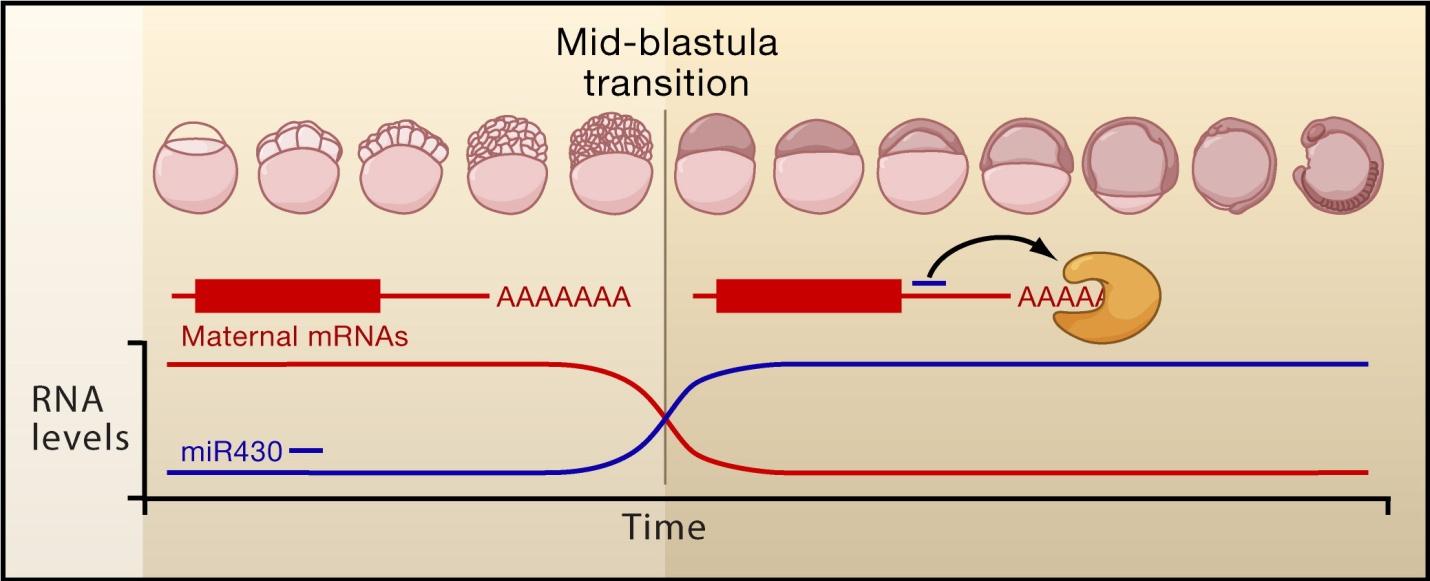
Importance
The blastula is an important stage in embryonic development because it marks the “beginning of the formation of the germ layer”, which gives rise to all of the different tissues and organs in the body. Any disruption or inhibition of the blastula formation can prove lethal or detrimental to the embryo’s development. This can potentially result in developmental defects and disorders. This is the reason that blastula formation is “tightly regulated” by a variety of genetic and molecular signals that ensure proper embryonic development.
Physical Characteristics
- Hollow, spherical shape.
- Presence of the trophoblast.
- Inner cell mass, which gives rise to the embryo proper.
- Fluid-filled cavity called the blastocoel.
- Formation of the germ layers.
Molecular Signaling
During the blastula stage of embryonic development, various transcription factors are expressed to regulate gene expression and drive the differentiation of different cell types. Medically, five key transcription factors are highly integral for proper blastula development. They are:
- Nanog: A transcription factor that is expressed in the inner cell mass of the blastula, and plays a critical role in maintaining pluripotency (pluripotent stem cells) and preventing differentiation of these stem cells.
- Oct4: Another transcription factor that is expressed in the inner cell mass and is important for maintaining pluripotency.
- Gata6: A transcription factor that is expressed in the trophoblast layer of the blastula, and is important for the formation of the placenta.
- Cdx2: A transcription factor that is also expressed in the trophoblast layer, and is important for the segregation of the inner cell mass and trophoblast cells.
- Sox2: A transcription factor expressed in both the inner cell mass and trophoblast layer, and is involved in regulating cell fate decisions and differentiation during early embryonic development.
There is another set of transcription factors that are important for the regulated cell cycle progression during the blastula stage. Some of them are E2F transcription factors, FoxM1, p53, Myc, etc.
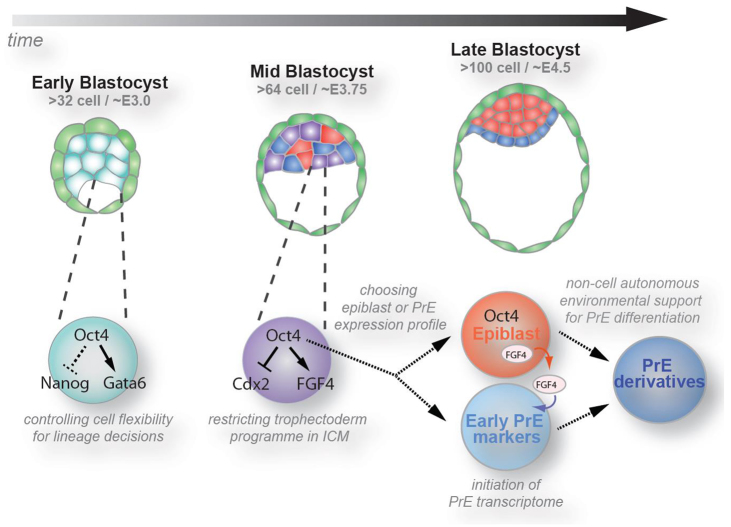
What is the Function of the Blastula?
Some of the most essential functions of blastula are listed here.
- It is responsible for the establishment of the three germ layers that eventually give rise to different tissues and organs in the body.
- It plays a critical role in determining the fate of embryonic cells and the differentiation of different cell types.
- It facilitates the formation of the inner cell mass which eventually differentiates into the embryo proper.
- It also facilitates the formation of blastocoel which eventually provides a protective environment for the developing embryo.
- It also facilitates the segregation of the inner cell mass and trophoblast cells (the trophoblast layer eventually gives rise to the placenta which is integral for providing nutrients and oxygen to the developing embryo).
- It is the transition phase where gene expression switches from maternal to zygotic. This is essential for the proper differentiation and development of embryonic cells.
- It also plays a critical role in regulating cell cycle progression and mitosis during embryonic development.
Note it! Single-cell sequencing
New findings about the blastula stage of embryonic development are constantly emerging through ongoing research in developmental biology. Recent advances in technologies, such as single-cell sequencing and gene editing, have provided new insights into the molecular and genetic mechanisms that drive blastula formation and differentiation, shedding light on the fundamental processes that underlie early embryo development.
Single-cell sequencing is a cutting-edge technology that allows researchers to analyze the genetic and molecular profiles of individual cells. By sequencing the RNA or DNA of a single cell, researchers can gain insights into complex biological processes, such as embryonic development and disease progression.
Single-cell sequencing has emerged as a powerful tool for studying the blastula stage of embryonic development. (Ref.5,6) It has proven useful for:
- Understanding the gene expression profiles of individual cells within the blastula.
- Understanding how cell fate decisions and differentiation are governed during early embryonic development.
- Identification and characterization of the different cell types that make up trophoblast and inner cell mass.
- Advancement of the human understanding of different signaling pathways that regulate the formation and differentiation of these cell types.
- Understanding temporal patterns of gene activation.
- Understanding temporal patterns of gene repression.

Take the Blastula – Biology Quiz!
References
- De Loof, A. (1992). Problems and paradigms. All animals develop from a blastula: Consequences of an undervalued definition for thinking on development. Bioessays, 14(8), 573-575.
- Needham, J., & Hughes, A. (2015). A history of embryology. Cambridge University Press.
- Mitchell, B., & Sharma, R. (2012). Embryology E-Book: An Illustrated Colour Text. Elsevier Health Sciences.
- Fong, C. Y., & Bongso, A. (1999). Comparison of human blastulation rates and total cell number in sequential culture media with and without co-culture. Human Reproduction, 14(3), 774-781.
- Wen, L., & Tang, F. (2019). Human germline cell development: from the perspective of single-cell sequencing. Molecular cell, 76(2), 320-328.
- Griffiths, J. A., Scialdone, A., & Marioni, J. C. (2018). Using single‐cell genomics to understand developmental processes and cell fate decisions. Molecular systems biology, 14(4), e8046.
©BiologyOnline.com. Content provided and moderated by Biology Online Editors.

